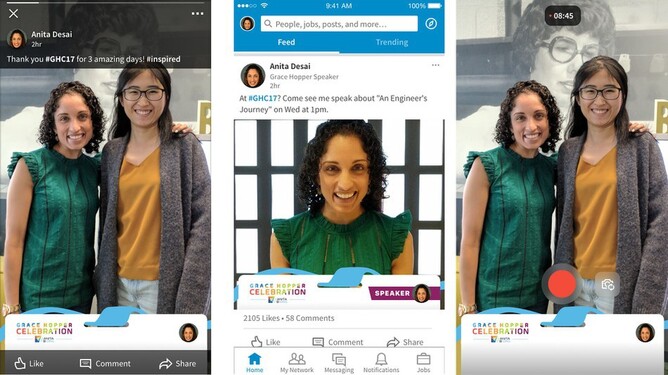Tell me if you’ve ever done this: you’re scrolling through your Facebook feed and an interesting picture or intriguing clickbait headline catches your attention. You stop and look at it. Turns out, it’s an advert or a sponsored posted. You’re interested in it but you don’t click on the link, you don’t ‘like’ it, you don’t comment, you don’t share it. As far as the advertiser is concerned, you’ve shown no interest in the advert. Right? Wrong.
Introducing ‘dwell time’
Facebook is currently testing this custom audience creation feature which allows us marketers to ‘create a list of people who have spent time viewing your display adverts on Facebook or Instagram’. Essentially people who ‘dwell’ over our advert but don’t click on it.
This is important because the vast majority of Facebook users don’t actually engage and interact with posts or ads, they just consume. They’re what would be classed as ‘spectators’ on Forrester’s Social Technographics Ladder which helps marketers understand how people behave and engage online. Depending on which study you read, as much as 90% of social media users will see and consume content but won’t interact with it.
Capturing interest
Facebook is said to have created ‘dwell time’ as the result of its relationship with a data company called Datalogix which carried out research on the link between Facebook advertising and offline sales. Reportedly, “more than 90% of offline sales come from people who don’t interact with ads during the campaign.” So, there’s a very real chance that your company’s social media efforts are driving sales or creating leads but it’s not being measured.
Dwell time could be hugely beneficial to marketers because the success of social media advertising has long been based on the number of clicks, likes, shares and comment it generates. All good metrics, but not necessarily an accurate reflection of the quality or persuasiveness of your content.
Dwell time will allow us to identify the people who are interested in what we have to say but need a bit more convincing to take the next step. We can then create tailored messaging to pull them towards us – get them clicking on links, liking posts, following us and ultimately engaging them as customers or clients.
Dwell time isn’t currently available to us in New Zealand but a contact at Facebook tells me the feature could be rolled out globally in the not too distant future, so watch this space.
Other social media updates
Snapchat context cards
Say you receive a Snap from a friend about to tuck in to a scrumptious looking meal. You probably need to re-evaluate the company you keep but let’s say you want to know more about the restaurant and see its menu. Snachat context cards will give you the opportunity to do so at the click of button (see video above). As this feature becomes more advanced it could start to have benefits for organisations here. Suppose you’re in real estate and a potential buyer takes a Snap of an apartment you’re showing them, a context card could allow the recipients of the Snap to easily bring up information about the property. This kind of user-generated content or native advertising is going to become more and more important so finding ways to harness it is crucial.
It’s still early days but this new feature could be a powerful tool for us here in New Zealand. While Snapchat has a particularly young audience, it’s worth noting that Millennials will be 75% of the workforce by 2025 – so write-off Snapchat at your peril.
LinkedIn – Event and conference geofilters
IMAGE: Mashable
LinkedIn is said to be rolling out ‘Snapchat like’ geofilters. So if your organisation has a conference and you want to amplify it via LinkedIn, this feature will allow attendees to add filters to videos they create within the LinkedIn app. Thus, promoting the conference and your brand. The feature is still being tested so it isn’t available here yet. To learn more about it, check out this article on Mashable.
Native video on LinkedIn
LinkedIn is also rolling out the ability for users to upload native video. Meaning, video that can be played in-feed on LinkedIn – instead of via links to other sites like YouTube.
Why is this important? Because, video is shared more than any other kind of content and its popularity is only going to increase. It’s been reported that by 2021, 82% of all internet traffic will be video, it’s currently at around 73%.
Got a social media question?
Send your question to welcome@theclaritybusiness.co.nz.
By Daniel McCabe


